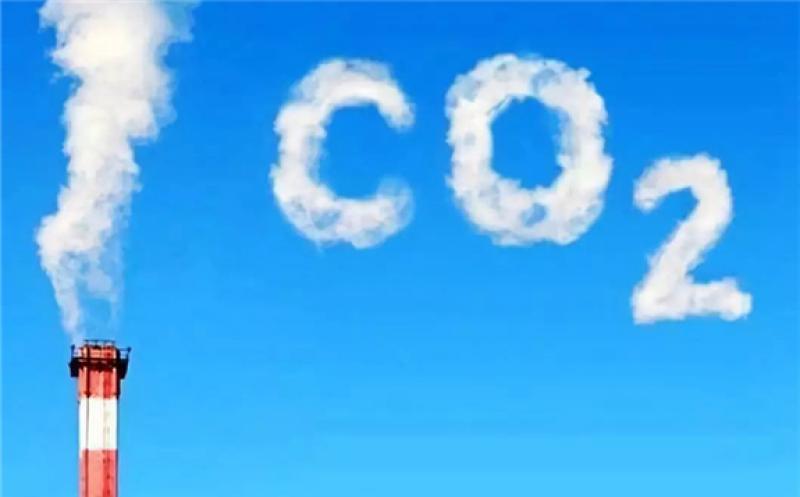The Australian Energy Market Operator (Aemo) plans to model a scenario with a transition to net zero greenhouse gas emissions in the early 2040s instead of the current ambition of the second half of the 21st century. Aemo will also assess the impact of Australia becoming a key exporter of hydrogen and green ammonia for its key power and gas outlook reports.

Aemo, which manages Australia's gas and electricity markets, publishes annual report on the future supply and demand expectations for gas and power markets in eastern Australia and Western Australia, as both are separate markets as there is no national gas or power market in Australia.
Aemo has received feedback from stakeholders on the need to extend the dimensions of the outlook scenarios. These included the pathways to recovery from the Covid-19 pandemic, the scale of decarbonisation ambition across the scenarios, and the consideration of greater electrification and potential hydrogen production, Aemo said in its draft 2021 inputs, assumptions and scenarios report said.
The proposal for the central scenario reflects current federal and state government policies and assumes that the future is shaped by market forces. This scenario contains the most probable outcome across each of the scenarios assessed, Aemo said.
A new scenario will be included in the annual electricity statement of opportunities and gas statement of opportunities as an export superpower, reflecting a possible future world that encompasses very high levels of global electrification, Australian hydrogen export opportunities, and domestic hydrogen usage that supports low-emission manufacturing, fuelled by strong policy to support growth and strong decarbonisation, Aemo said.
Both Australian federal and state governments have hydrogen policies to encourage the development of hydrogen as a fuel source.
The other scenarios are diversified technology, reflecting a possible future world that encompasses lower domestic gas prices given government incentives and interventions. Higher global investment in alternative low emissions technologies and local research and development in carbon capture and storage, Aemo said.
The other scenarios include the sustainable growth scenario, reflecting a possible future world that includes high global and domestic decarbonisation ambitions, aligned with strong consumer action on distributed energy resources, and higher levels of electrification of other sectors. The final scenario is the slow growth scenario that reflects a future world that encompasses prolonged lower levels of economic growth following the global Covid-19 pandemic, and includes a targeted economic stimulus to aid the recovery from Covid-19, that increases the uptake of distributed photovoltaics, and without direct policy for long-term decarbonisation.